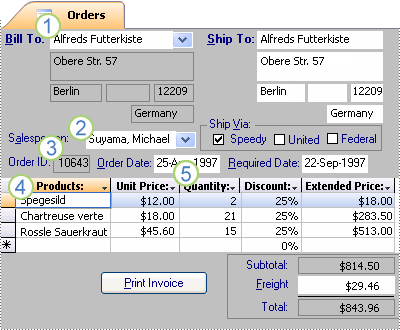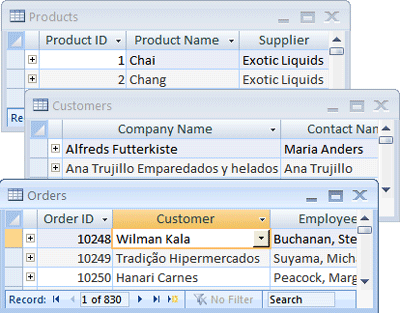

No need to hire programmers or database developers every time you want a new database, and no need to hire a DBA to look after the database system. Provides a quick and efficient way for non-technical users to create and maintain a database.Some of the main benefits of using Access, when compared to some of the more “enterprise level” database management systems, include: Import and export data from external sources (such as Excel spreadsheets.Create macros so that multi-step tasks can be performed with the click of a button (or even upon opening the database).Create reports so that the data can be presented in a more readable format, or emailed, printed out, etc.Create forms to allow non-technical users to enter data, search the database, and perform other tasks.Set up rules and restrictions over the type of data that can be entered into the database.Create and maintain databases and their tables.Some of the main tasks performed in Access include: Advanced users can also use SQL code to write or modify queries. In Access, most tasks can be performed via the graphical user interface ( GUI), but more advanced users can also develop applications using Visual Basic for Applications ( VBA) code.


You can also search through thousands of templates for a prebuilt database that you can use to get started. The Microsoft Access welcome screen allows you to create a database from scratch. Microsoft Access provides a quick and easy way to develop databases and is particularly well suited for individuals and small business. Access is the most popular desktop database on the market. It’s part of the Microsoft Office suite, included in the Professional and higher editions or sold separately. Microsoft Access is a relational database management system ( RDBMS) developed by Microsoft.


 0 kommentar(er)
0 kommentar(er)
